A reader asked me to do an update of my 2016 post Psychoactive Probiotics! There has been a lot of recent literature as shown on PubMed. Note that often these are strain specific and not generalized for species cited below. If you cannot find the strains specified in the studies, it may be worthwhile trying different brands of the species (with the most studied species being most probable).
Excessive GABA may be associated with Huntington’s disease, epilepsy, and certain types of encephalopathies. Insufficient GABA may be associated with Anxiety Disorders, Epilepsy, Sleep Disorders, Mood Disorders, Substance Use Disorders, Movement Disorders, Neuropathic Pain and Autism Spectrum Disorders.
- See also: Psychoactive Probiotics! – 2024 Update for Dopamine
- See also: Psychoactive Probiotics! – 2024 Update for Glutamate

“Metagenomic analyses suggest that the genomes of many gut bacteria encode glutamate decarboxylase (GAD), the enzyme that catalyzes GABA production.” [2023]
“Stress exposure induced a decline in Lactobacillaceae abundance and hence γ-aminobutyric acid (GABA) level in mice.” [2023]
Note: monosodium glutamate (MSG) can increase the production of GABA [2024]
Effect of Probiotic Therapy on Neuropsychiatric Manifestations in Children with Multiple Neurotransmitter Disorders: A Study[2023] “The results indicate that psychobiotics have a significant impact on reducing hyperactivity and aggression, and improving concentration“
Probiotic Catalog
NOTE: The current official name is used below. Most L. species were known as Lactobacillus with older names.
Note: Gamma aminobutyric acid production by commercially available probiotic strains [2023] cites that the best are: Levilactobacillus brevis LB01 [Source], Lactiplantibacillus plantarum 299v [Jarrow Formulas Ideal Bowel Support].
Lactiplantibacillus plantarum 299v is the most available with many suppliers. A dosage of 10-60 BCFU per day is recommended.
- Akkermansia muciniphila
- Bacillus licheniformis
- Bifidobacterium adolescentis
- Bifidobacterium adolescentis as a key member of the human gut microbiota in the production of GABA. [2020]
- Bifidobacterium adolescentis – a beneficial microbe [2023]
- Mouse intestinal microbiome modulation by oral administration of a GABA-producing Bifidobacterium adolescentis strain [2024]
- Development of a workflow for the selection, identification and optimization of lactic acid bacteria with high γ-aminobutyric acid production [2023]
- Orally Administered Bifidobacterium adolescentis Diminishes Serum Glutamate Concentration in Mice [2023]
- Production of GABA in milk fermented by Bifidobacterium adolescentis strains selected on the bases of their technological and gastrointestinal performance [2023]
- Survival and Interplay of γ-Aminobutyric Acid-Producing Psychobiotic Candidates with the Gut Microbiota in a Continuous Model of the Human Colon [2022]
- Bifidobacterium adolescentis as a key member of the human gut microbiota in the production of GABA [2020]
- A Multi-strain Potential Probiotic Formulation of GABA-Producing Lactobacillus plantarum 90sk and Bifidobacterium adolescentis 150 with Antidepressant Effects [2020]
- Bifidobacterium breve
- Bifidobacterium breve M-16V regulates the autonomic nervous system via the intestinal environment: A double-blind, placebo-controlled study [2024]
- Enterococcus faecium
- Escherichia coli Nissle 1917 [Mutaflor]
- Genetic Circuits for Feedback Control of Gamma-Aminobutyric Acid Biosynthesis in Probiotic Escherichia coli Nissle 1917 [2024]
- Surveying the Genetic Design Space for Transcription Factor-Based Metabolite Biosensors: Synthetic Gamma-Aminobutyric Acid and Propionate Biosensors in E. coli Nissle 1917 [2022]
- Lactococcus Lactis
- Development of a workflow for the selection, identification and optimization of lactic acid bacteria with high γ-aminobutyric acid production [2023]
- Whole-Genome Sequence of Lactococcus lactis Subsp. lactis LL16 Confirms Safety, Probiotic Potential, and Reveals Functional Traits [2023]
- Exploring the Potential of Sustainable Acid Whey Cheese Supplemented with Apple Pomace and GABA-Producing Indigenous Lactococcus lactis Strain [2023]
- Levilactobacillus brevis
- Gut production of GABA by a probiotic formula: an in vitro study [2024]
- Screening and characterization of lactic acid bacteria and fermentation of gamma-aminobutyric acid-enriched bamboo shoots [2024]
- Development of a workflow for the selection, identification and optimization of lactic acid bacteria with high γ-aminobutyric acid production [2023]
- Genome Analysis of Potential Probiotic Levilactobacillus brevis AcCh91 Isolated from Indian Home-Made Fermented Milk Product (Chhurpi) [2023]
- Genome sequences and functional analysis of Levilactobacillus brevis LSF9-1 and Pediococcus acidilactici LSF1-1 from fermented fish cake (Som-fak) with gamma-aminobutyric acid (GABA) production [2023]
- Gamma-Aminobutyric Acid-Producing Levilactobacillus brevis Strains as Probiotics in Litchi Juice Fermentation [2023]
- Screening of GABA-Producing Lactic Acid Bacteria from Thai Fermented Foods and Probiotic Potential of Levilactobacillus brevis F064A for GABA-Fermented Mulberry Juice Production [2020]
- Microencapsulation of probiotic Lactobacillus brevis ST-69 producing GABA using alginate supplemented with nanocrystalline starch [2020]
- Characterization of a Potential Probiotic Lactobacillus brevis RK03 and Efficient Production of γ-Aminobutyric Acid in Batch Fermentation [2018]
- Limosilactobacillus fermentum
- Gamma Amino Butyric Acid (GABA) and Ferulic Acid Esterase (FAE) Producing Psychobiotic Bacteria Isolated from Cereal-Based Fermented Food [2024]
- Beneficial effects of GABA-producing potential probiotic Limosilactobacillus fermentum L18 of human origin on intestinal permeability and human gut microbiota [2023]
- Assessment of Genomic and Metabolic Characteristics of Cholesterol-Reducing and GABA Producer Limosilactobacillus fermentum AGA52 Isolated from Lactic Acid Fermented Shalgam Based on “In Silico” and “In Vitro” Approaches [2023]
- Effects of Tempeh Probiotics on Elderly With Cognitive Impairment [2022]
- Lactiplantibacillus pentosus
- Gamma Amino Butyric Acid (GABA) and Ferulic Acid Esterase (FAE) Producing Psychobiotic Bacteria Isolated from Cereal-Based Fermented Food [2024]
- Whole-genome sequence analysis for evaluating the safety and probiotic potential of Lactiplantibacillus pentosus 9D3, a gamma-aminobutyric acid (GABA)-producing strain isolated from Thai pickled weed [2022]
- Lactiplantibacillus plantarum
- Neuroprotective effects of probiotics on anxiety- and depression-like disorders in stressed mice by modulating tryptophan metabolism and the gut microbiota [2024]
- Gut production of GABA by a probiotic formula: an in vitro study [2024]
- Biosynthesis of Gamma-Aminobutyric Acid (GABA) by Lactiplantibacillus plantarum in Fermented Food Production [2023]
- Improvement of ɣ-Aminobutyric Acid Production and Cell Viability of Lactiplantibacillus plantarum B7 via Whole-Cell Immobilisation in Repeated Batch Fermentation System [2023]
- Optimization of Gamma-Aminobutyric Acid Production by Lactiplantibacillus plantarum FRT7 from Chinese Paocai [2023]
- Gamma-Aminobutyric Acid (GABA) Biosynthesis from Lactobacillus plantarum subsp. plantarum IBRC10817 Optimized and Modeled in Response to Heat and Ultrasonic Shock [2023]
- Effects of Lactiplantibacillus plantarum FBT215 and prebiotics on the gut microbiota structure of mice [2022]
- Fermented Wheat Germ Alleviates Depression-like Behavior in Rats with Chronic and Unpredictable Mild Stress [2023]
- Soy yoghurts produced with efficient GABA (γ-aminobutyric acid)-producing Lactiplantibacillus plantarum ameliorate hyperglycaemia and re-establish gut microbiota in streptozotocin (STZ)-induced diabetic mice [2023]
- Overcoming Anxiety Disorder by Probiotic Lactiplantibacillus plantarum LZU-J-TSL6 through Regulating Intestinal Homeostasis [2022]
- Biosynthesis of gamma-aminobutyric acid by Lactiplantibacillus plantarum K16 as an alternative to revalue agri-food by-products [2022]
- Production of plant-based fermented beverages possessing functional ingredients antioxidant, γ-aminobutyric acid and antimicrobials using a probiotic Lactiplantibacillus plantarum strain L42g as an efficient starter culture [2022]
- In Vitro Assessment of Bio-Functional Properties from Lactiplantibacillus plantarum Strains [2022]
- Lactobacillus plantarum DP189 prevents cognitive dysfunction in D-galactose/AlCl3 induced mouse model of Alzheimer’s disease via modulating gut microbiota and PI3K/Akt/GSK-3β signaling pathway [2022]
- GABA enhancement by simple carbohydrates in yoghurt fermented using novel, self-cloned Lactobacillus plantarum Taj-Apis362 and metabolomics profiling [2021]
- Probiotic Properties and Optimization of Gamma-Aminobutyric Acid Production by Lactiplantibacillus plantarum FBT215 [2022]
- Gamma-aminobutyric acid fermentation in MRS-based medium by the fructophilic Lactiplantibacillus plantarum Y7 [2022]
- Characterization and ACE Inhibitory Activity of Fermented Milk with Probiotic Lactobacillus plantarum K25 as Analyzed by GC-MS-Based Metabolomics Approach [2020]
- GABA-producing Lactobacillus plantarum inhibits metastatic properties and induces apoptosis of 5-FU-resistant colorectal cancer cells via GABAB receptor signaling [2021]
- A Multi-strain Potential Probiotic Formulation of GABA-Producing Lactobacillus plantarum 90sk and Bifidobacterium adolescentis 150 with Antidepressant Effects [2020]
- Effects of chronic treatment with new strains of Lactobacillus plantarum on cognitive, anxiety- and depressive-like behaviors in male mice [2020]
- Preliminary investigation of the effect of oral supplementation of Lactobacillus plantarum strain SNK12 on mRNA levels of neurotrophic factors and GABA receptors in the hippocampus of mice under stress-free and sub-chronic mild social defeat-stressing conditions [2019]
- “These results suggest that chronic ingestion of Lactobacillus plantarum strain PS128 could ameliorate anxiety- and depression-like behaviors and modulate neurochemicals related to affective disorders.Thus PS128 shows psychotropic properties and has great potential for improving stress-related symptoms.” [2015]
- “PS128 is safe and could induce changes in emotional behaviors…These findings suggest that daily intake of the L. plantarum strain PS128 could improve anxiety-like behaviors and may be helpful in ameliorating neuropsychiatric disorders.”[2016]
- Lactobacillus reuteri
- Evaluation of growth, metabolism and production of potentially bioactive components during fermentation of barley with Lactobacillus reuteri [2016] “Possible bioactive compounds such as γ-aminobutyric acid (GABA), 1,3- propanediol (sign of reuterin production) and histamine were identified and quantified.”
- Prophylactic Supplementation with Lactobacillus Reuteri or Its Metabolite GABA Protects Against Acute Ischemic Cardiac Injury [2024]
- Dysbiosis of microbiome and probiotic treatment in a genetic model of autism spectrum disorders [2018]
- Lacticaseibacillus rhamnosus
- Ingestion of Lacticaseibacillus rhamnosus Fmb14 prevents depression-like behavior and brain neural activity via the microbiota-gut-brain axis in colitis mice [2023]
- Therapeutic Anti-Depressant Potential of Microbial GABA Produced by Lactobacillus rhamnosus Strains for GABAergic Signaling Restoration and Inhibition of Addiction-Induced HPA Axis Hyperactivity [2022]
- “We previously have demonstrated that administration of Lactobacillus rhamnosus (JB-1) to healthy male BALB/c mice, promotes consistent changes in GABA-A and -B receptor sub-types in specific brain regions, accompanied by reductions in anxiety and depression-related behaviors.”[2016] [2014] [2014]
- “Within minutes of application, JB-1 increased the constitutive single- and multiunit firing rate of the mesenteric nerve bundle, but Lactobacillus salivarius (a negative control) or media alone were ineffective.” [2013]
- Lactobacillus rhamnosus GG [Culturelle®]
- Lactobacillus sakei
- Lactobacillus casei Shirota (YAKULT)
- Escherichia coli Nissle 1917 [Mutaflor]
- Pediococcus acidilactici
- Pediococcus pentosaceus
- Streptococcus thermophilus






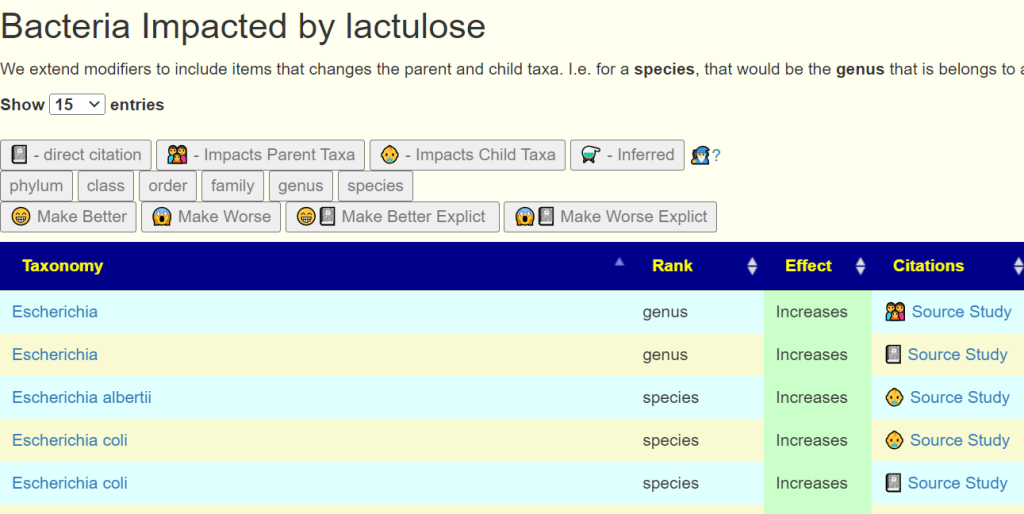




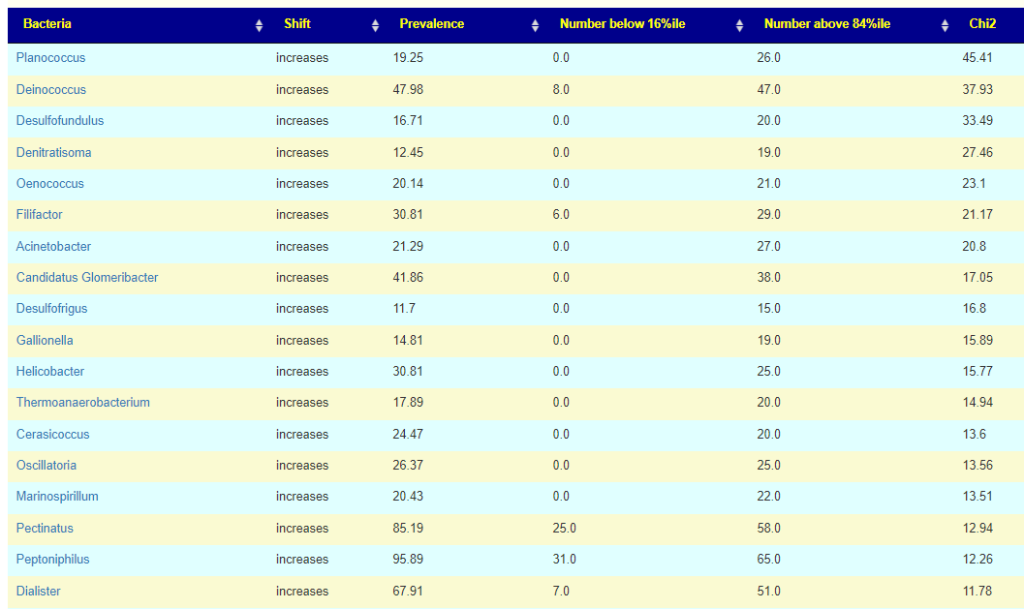
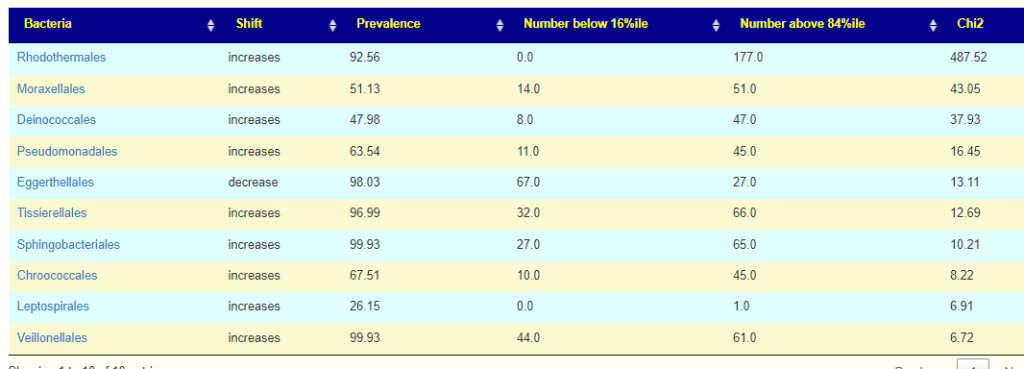
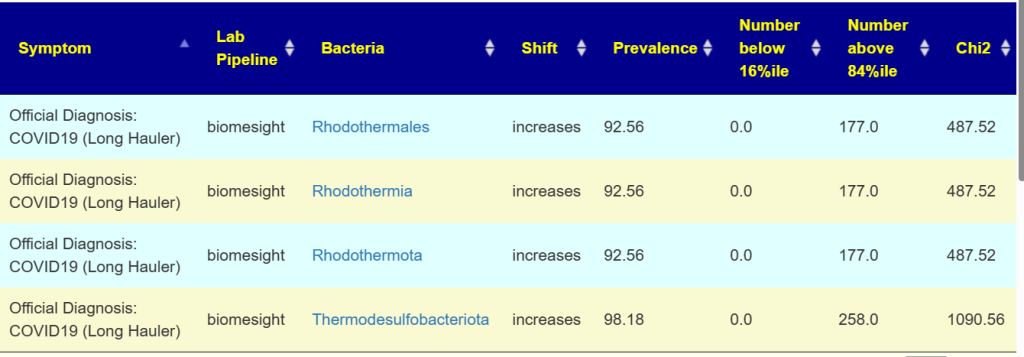

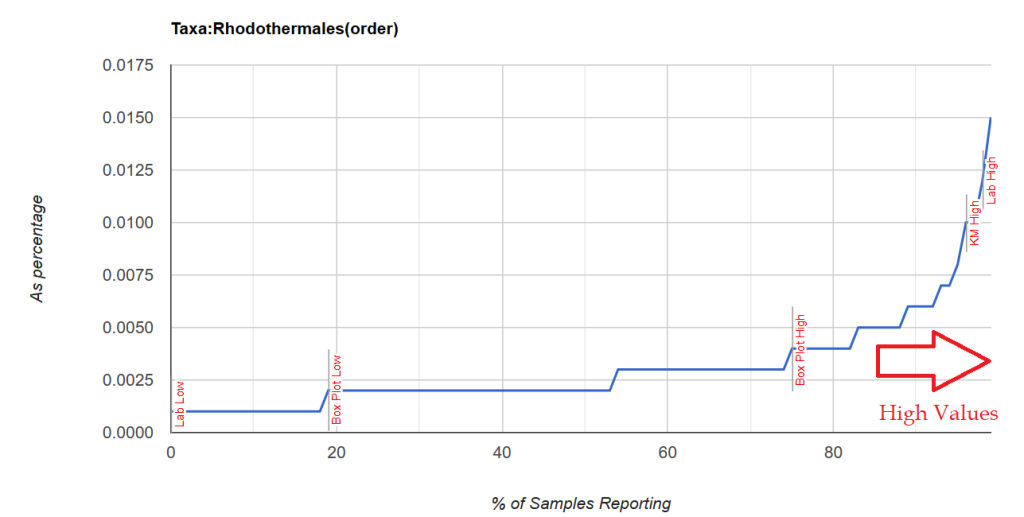



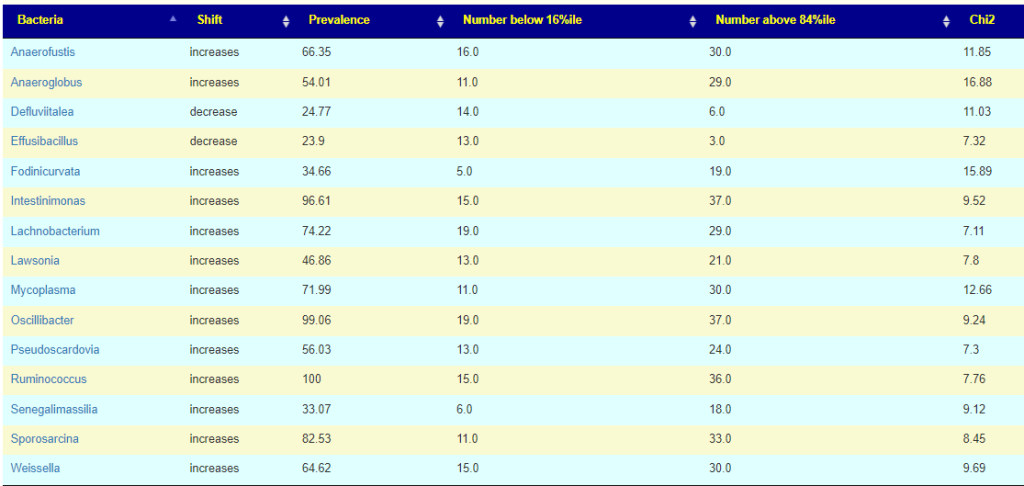
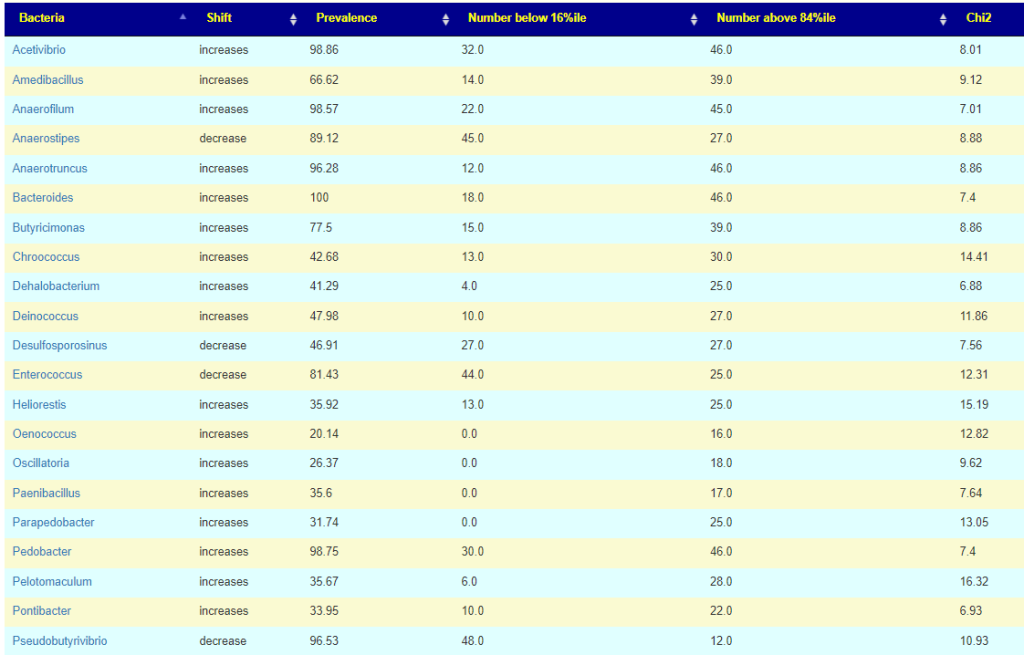






Recent Comments